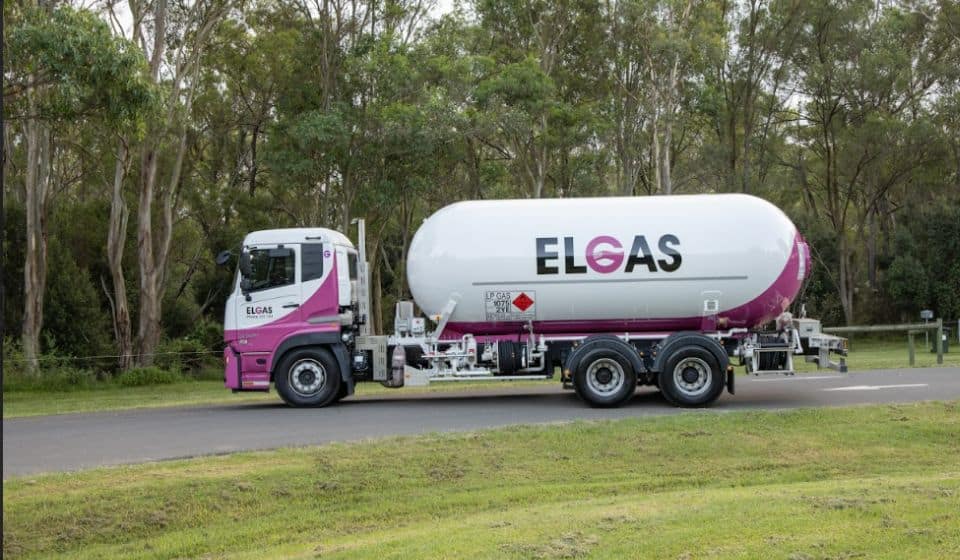LPG composition is primarily propane, butane, isobutane, butylenes, propylene, and mixtures of these gases. All of these LPG components have different LPG properties and concentrations that occur as liquid or gas (vapour), depending on pressure and LPG temperature. Liquefied Petroleum Gas (LPG) is produced during natural gas processing and petroleum refining.
LPG properties and composition explained
The full NGL list of components of LPG includes ethane, ethene, butylenes, propylene, propene, isobutene, butadiene, pentane, and pentanes plus, as well as propane, butane, and isobutane. LPG constituents are produced from crude oil reefing and natural gas processing.
Water boils at 100°C or 212°F, becoming a gas (steam). In contrast, LPG (propane) boils at -42°C or -44°F, becoming gas vapour. LPG stays liquid because it is under vapour pressure in a gas cylinder, with a liquid density about half that of water.
LPG Properties
Properties of LPG (propane and butane) include:
- LPG is primarily propane and butane. Both gases have an adiabatic flame temperature of about 1970°C.
- LPG boiling point temperature: -42 °C or -44 °F
- LPG melting/freezing temperature: -188 °C or -306.4 °F
- LPG constituent components: Propane, Butane & Isobutane
- LPG chemical formula – molecular formula: C3H8 or C4H10
- LPG flame temperature: 1967 ºC or 3573 ºF
- LPG odour: Ethyl Mercaptan added
- LPG appearance: clear
- LPG energy content: 25 MJ/L or 91,547 BTU/Gal (60°F)
The LPG structure is comprised primarily of propane and butane, with smaller amounts of other NGL hydrocarbons including ethane, isobutane, and pentanes, whilst natural gas is mostly methane. The physical structure of LPG is as both a liquid when under pressure, and as a gas. The specific calorific value of LPG is around 46 MJ/kg or 12.78 kWh/kg depending on the composition of LPG.
LPG temperature
LPG temperature can refer to LPG flame temperature, LPG boiling temperature, LPG ignition temperature, LPG auto-ignition temperature, LPG flash point temperature, and LPG freezing temperature.
- LPG flame’s normal temperature is close to 1967°C (3573ºF).
- LPG temperature when it turns from liquid to LPG is -42°C or -44°F.
- LPG temperature flash point is -104°C or -156°F
- LPG temperature for ignition in the air is 470°C – 550°C (878°F – 1020°F)
- LPG temperature also affects gas pressure, as pressure rises with temperature.
- LPG temperature for melting/freezing is -188°C or -306.4°F
LPG liquefaction and dew point
The LPG-propane liquefied gas dew point is the temperature at which gas changes into its liquid state. This process is called liquefaction.
Propane gas vapour at 20°C must be pressurised to about 836 kPa to see it liquefy, and at 50°C, about 1713 kPa pressure is required. For n-Butane vapour at 20°C must be pressurised to about 115 kPa to see it liquefy, and at 50°C, about 510 kPa pressure is required.
LPG Density
The vapour density of LPG is 1.882 kg/m³ at 0°C (32°F). The density of LPG liquid is 0.493 g/cm³ at 25 °C (77 °F) or 4.24 pounds per US gallon. LPG expands at 1.5% for every 5.56°C (10°F).
LPG at 1 atm of pressure and 20°C is a gas that is about 1.55 (propane) to 2.08 (butane) times heavier than air. LPG is liquefied under modest vapor pressure of 1,220 kPa (177 psi) at 37.8°C (100°F). LPG liquid propane density or molecular weight is slightly less than 50% that of water at 25°C and almost 60% at -40°C.
Relative Density of LPG
The relative density of LPG is measured for both liquid LPG density and gaseous LPG density. The relative density of LPG liquid is compared to water whilst the relative density of LPG is compared to air. The relative density of LPG liquid is about half that of water at 495 kg/m3 (25°C) vs 1,000 kg/m3 (4°C) for water.
The relative density of LPG vapour is 1.55 times heavier than air at 1.898 kg/m3 vs 1.225 kg/m3 for air (both 15°C at sea level). The relative density of LPG is 1.882kg/m3 at 0°C & 1ATM (0 psig), which is STP (Standard Temperature & Atmospheric Pressure), the difference being a lower temperature.
Relative density of LPG liquid
LPG (propane) vapour pressure expands at 1.5% per 5.55°C temperature increase. So, if the gas bottle was filled by volume on a hot day, it would have less gas, in kg, than a gas bottle filled on a cold day. That’s why it is frequently measured and sold in kg.
Most auto LPG bowsers and tanker delivery trucks have an automatic correction factor so the volume of gas can be delivered and sold in litres. The relative density of liquid or the specific gravity of liquid LPG is about half that of water.
- In Australia, where LPG is propane, 1kg of LPG has a volume of 1.96L
- The relative density of LPG liquid: 1L of propane liquid weighs 0.51kg
- The relative density of LPG is 580.88 kg/m3 (at boiling point)
- The relative density of LPG butane gas is 2.48 kg/m3 (at boiling point)
5 Important LPG Facts
- LPG (or LP Gas) is the acronym for Liquefied Petroleum Gas or Liquid Petroleum Gas.
- LPG is a group of flammable hydrocarbon gases liquefied through pressurisation.
- LPG comes from natural gas processing and petroleum refining.
- Propane, butane, isobutane (i-butane), and mixtures of these gases all fall under the LPG label.
- LPG is compressible into liquid at low pressures.
LPG is used Australia-wide as a cost-effective and safe fuel with less carbon dioxide emissions. For more information about safe home LPG storage and use or commercial LPG, contact Elgas!
